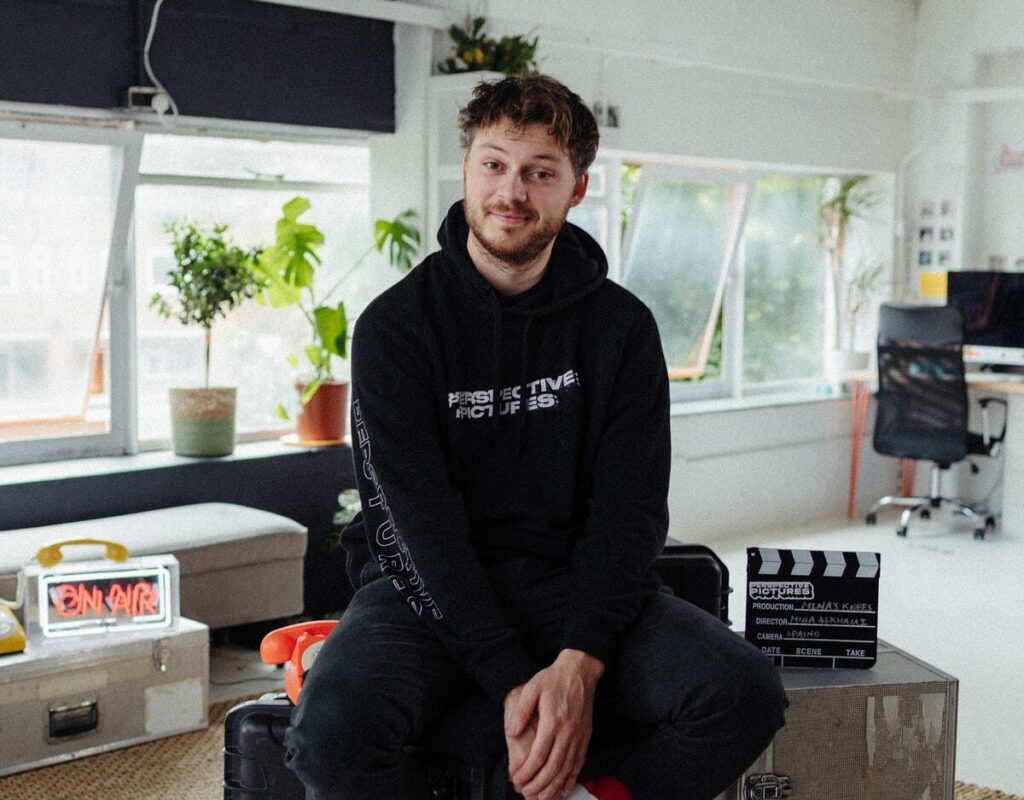I hate to say it, but we will see fewer jobs for filmmakers and more for AI creative prompt engineers. Which creative jobs will be replaced by Sora AI?

On February 15th, 2024, OpenAI unveiled Sora, its newest GPT model. Sora is a sophisticated text-to-video creation tool. It’s easy to see why creative professionals and agencies, particularly those who produce videos for a living, will be affected.
Video Expert Rupert Rixon from Perspective Pictures runs a 25-person video production company working with brands like RedBull, TikTok and Deliveroo. He shares an honest perspective on how companies like his will be affected after the technology is released if they don’t adapt.
He explains the following companies and jobs staring into an AI-shaped void:
Camera Operators: Sora could completely replace the need for camera operators on productions where the camera work involves standard or replicable shots. Shoots requiring nuanced judgement and adaptability need human operators. However, they will not require a human if you can describe it precisely in writing.
Product-led Social Media ads – Sora AI will easily produce all the imagery for highly cinematic ads that are faceless or lack real-life context. Consider a popular social media drink ad format – it commonly consists of larger-than-life colours, environments, and ingredients floating and popping in slow motion. Once Sora is released, it will likely be faster and cheaper to make this imagery with AI than to hire a production agency – I’m convinced Sora will replace 90% of this work.
VFX (Animation and Visual Effects) Designers – Maybe not Sora specifically, but AI will do a fantastic job of creating explosions on the big screen, painting out wires or generating giant monsters, and significant elements of this role will be replaced entirely by AI and there’s a high chance we will use Sora for some of our animation needs.
Video Stock footage – AI video generators like Sora will swallow this up pretty quickly. Generating videos from prompts is far more likely to develop the exact clip you need rather than trawling through a database with some basic tags attached. It’s undoubtedly significantly cheaper, too. Is this why Getty’s stock price has taken a hit?
Documentary style content – Anything that needs to be genuine to resonate is safe. Human stories, CEOs pitching their company in crowdfunding videos, big Red Bull stunts, these things will always have a place as people want to witness them authentically. However, AI will help speed up the process, help people with less experience/expertise film them, and then clear up quality issues with AI.
Set Designers: The creative input of set designers is not replaceable, especially for large-scale productions, but Sora will likely become a tool set designers use. I see a reduction in the demand for physical set construction as the role of a set designer changes. Especially those locations that can be simulated realistically in a virtual environment.
Costume Designers: Similar to set designers, the need for physical costume design and production might diminish for productions utilising Sora, primarily if virtual characters and their attire can be generated to meet the production’s dynamic needs. However, unique, high-quality costume design that requires a human touch will likely still be in demand.
Colourists: Sora’s ability to generate video content might include automated colour grading based on the textual descriptions provided. While this could affect the demand for colourists, especially for standard or lower-tier production work, high-end productions seeking a unique aesthetic or mood through colour grading might still rely heavily on the expertise of professional colourists.
While all these changes are coming fast and heavy – There are still some things people will always want to see the actual video for. “ A Founder speaking about their company in a crowdfunding video, a celebrity eating worms in the jungle, a big stunt, or even your favourite influencer apologising for a product they promoted turning out to be a gambling game for kids.
As such, there will always be a requirement to have SOME things filmed using a real camera.
There are also some real hurdles to overcome regarding AI, from lawsuits over source material, quality, versatility, public acceptance and how well it remembers and implements feedback. Still, given how quickly it’s progressed, I suspect it will make light work of them.
Rupert concludes, “I love my 25-person creative team, and I don’t want this industry powered by robots. However, as much as I hate to say it, we will see fewer job roles for ‘filmmakers’ and more ‘AI Creative Prompt Engineers’ over the next few years. I think the AI revolution is coming, whether I like it or not. So we can work out how to adopt it at Perspective Pictures, or I can complain about how no one cares about ‘real filmmaking’ anymore when we lose revenue to progressive video production companies in London utilising AI in 18 months. – it’s bleak, but I’m also kind of excited. “
ENDS





